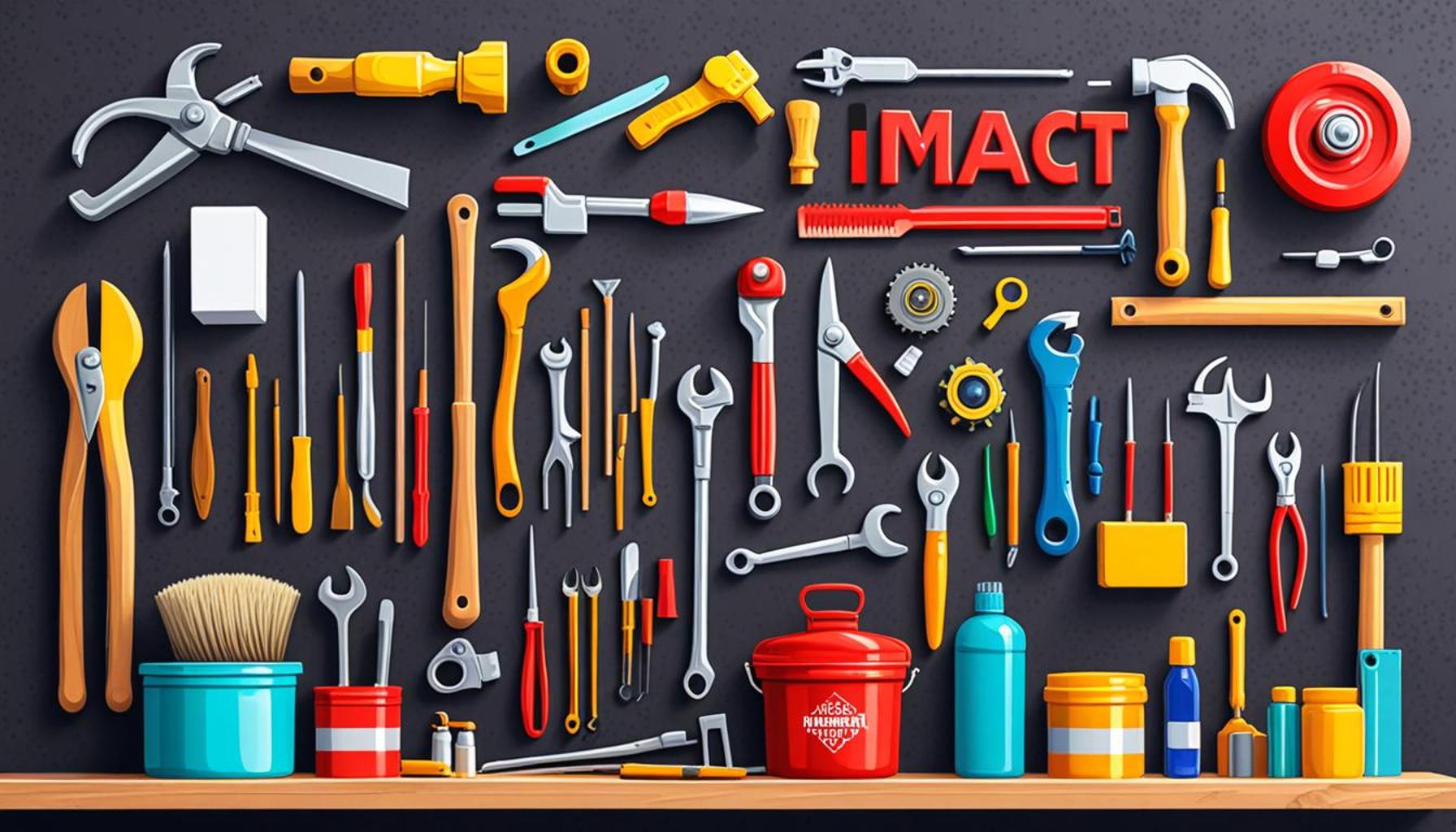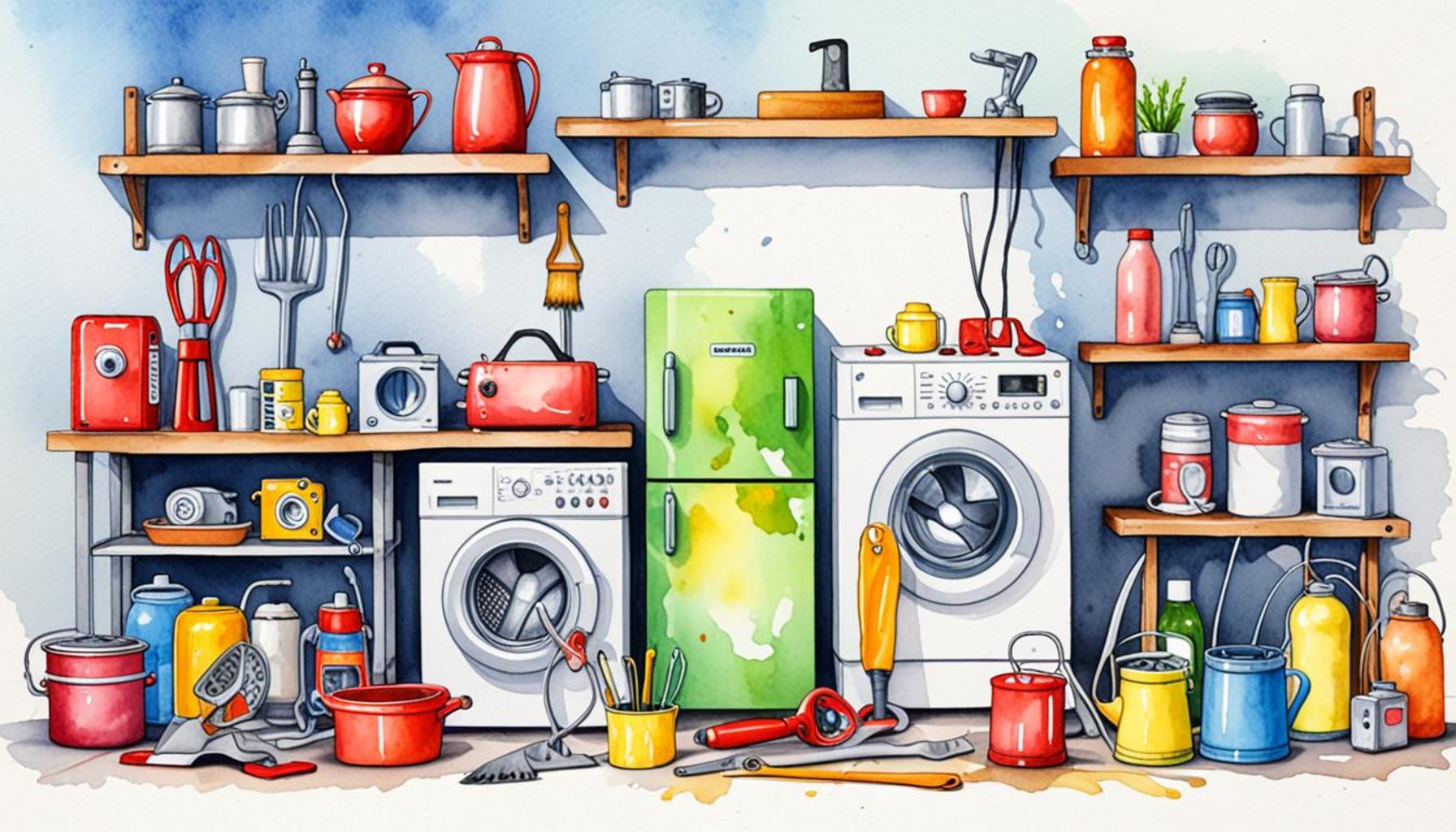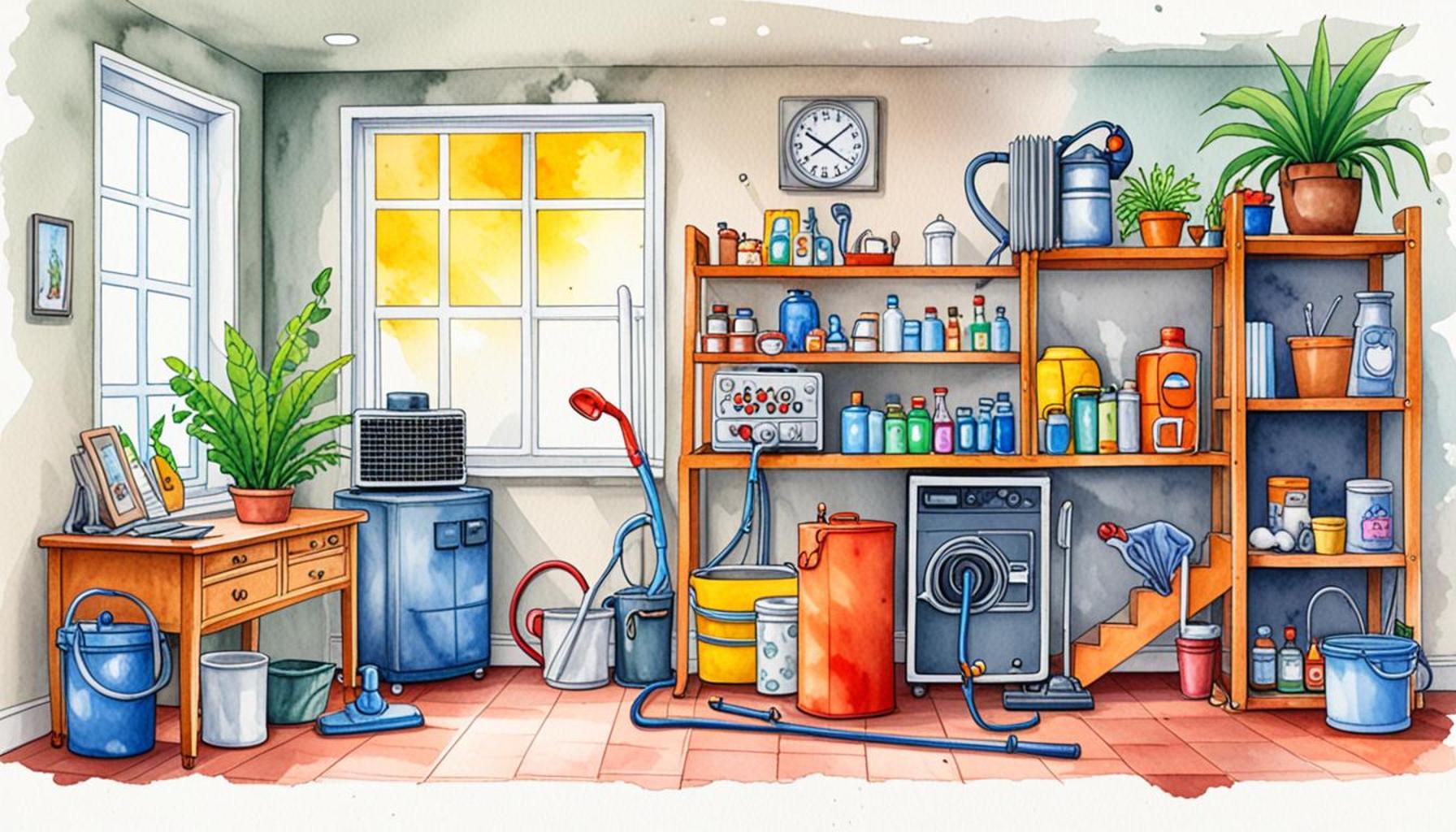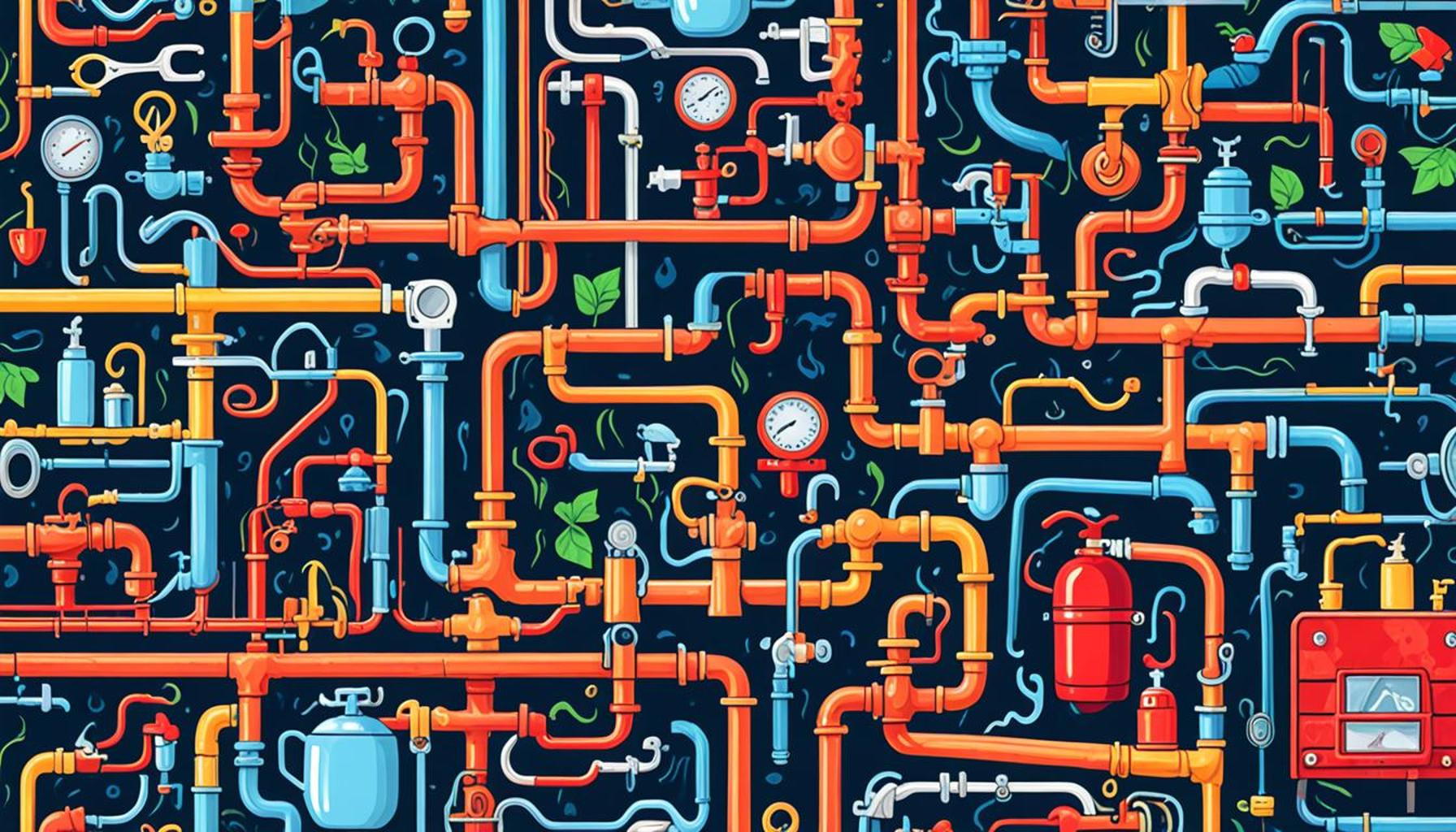Impact of preventive maintenance on reducing home repair costs

The Importance of Preventive Maintenance in Homeownership
In the realm of homeownership, homeowners often find themselves with numerous responsibilities, and among these, preventive maintenance holds significant importance. This proactive approach not only enhances the overall condition and livability of your home but also delivers substantial savings by minimizing repair costs over time. By investing a small amount of time and resources into regular maintenance, homeowners can effectively dodge the high expenses that stem from neglected problems that eventually spiral out of control.
Consider the following key benefits of preventive maintenance:
- Early Detection: One of the most compelling advantages is the ability to catch potential issues before they develop into costly repairs. For example, a simple inspection of your roof might reveal small leaks or missing shingles that, if left unaddressed, could lead to extensive water damage and mold growth, resulting in thousands of dollars in repair costs.
- Increased Lifespan: Regular upkeep of appliances, plumbing, and heating and cooling systems can notably extend their functionality. For instance, changing the filters in your HVAC system regularly can significantly prolong its life and maintain efficiency. Similarly, regular maintenance of your water heater, such as flushing sediment build-up, ensures that it operates effectively and lasts much longer than units that are not cared for.
- Enhanced Safety: A well-maintained home minimizes various hazards, protecting both residents and property. Issues like faulty wiring, gas leaks, or deteriorating staircases can pose serious risks. Regularly checking smoke detectors and carbon monoxide detectors is a small task that can have life-saving implications.
Moreover, numerous studies signify that homeowners actively engaged in preventive maintenance can cut their repair costs by approximately 30% or more. For instance, ensuring your gutters are clear and functioning properly can prevent major damage to your foundation and basement, saving you from expensive structural repairs down the line.
In essence, embracing a proactive maintenance routine is not just about occasional chores; it is a savvy financial strategy with enduring benefits. When you implement a few straightforward practices—like developing a seasonal checklist or maintaining a calendar for regular inspections—you can effectively reduce unexpected costs and preserve your home as a safe, comfortable haven. Embracing preventive maintenance can open the door to a smoother homeownership experience, allowing you to focus on creating memories rather than managing crises.
DISCOVER MORE: Click here to uncover essential tools
Understanding the Financial Benefits of Preventive Maintenance
To fully grasp the impact of preventive maintenance on reducing home repair costs, it is essential to recognize how small, routine actions can lead to significant financial savings over time. Homeownership can often feel overwhelming, with various systems and features requiring attention and upkeep. However, by implementing a preventive maintenance plan, homeowners can navigate these challenges while keeping repair expenses in check.
One of the most useful aspects of preventive maintenance is that it often aligns with seasonal changes. By associating specific tasks with certain times of the year, homeowners can create a structured timeline, making it easier to remember essential checks and adjustments. Here are a few critical actions to consider throughout the year:
- Spring: Conduct a thorough inspection of your roof, gutters, and downspouts. This can help identify any issues caused by winter weather, such as damaged shingles or blockages that could lead to water damage later on.
- Summer: Focus on air conditioning units and ensure they are functioning efficiently. Change filters and clear any debris around the unit. This not only ensures cool air during the hot months but prevents more significant issues that might require costly repairs if neglected.
- Fall: Examine your heating system before the cold months arrive. This is the perfect time to schedule a professional tune-up, ensuring it runs at peak efficiency when you need it most.
- Winter: Inspect plumbing for potential freezing issues and insulate exposed pipes. Preventing frozen pipes can save homeowners from the steep costs associated with water damage and emergency plumbing services.
Additionally, the financial rewards of preventive maintenance extend beyond just avoiding costly repairs. A well-maintained home may also enhance property value, making it a more attractive investment in the long run. Research shows that consistent upkeep can lead to a return on investment of up to 70% to 80% when it comes time to sell. Buyers often gravitate toward homes that reflect care and attention to detail, which can translate into quicker sales and higher offers.
Moreover, taking the time to maintain your home can lead to lower utility bills. For instance, regularly servicing your heating and cooling systems can improve their energy efficiency, leading to significant savings on monthly energy costs. Homeowners who prioritize preventive maintenance often find that the reduction in ongoing operating costs offsets the small investments made in upkeep.
In conclusion, the impact of preventive maintenance is far-reaching, affecting not only immediate repair costs but also long-term financial benefits associated with property value and utility savings. As you begin to incorporate structured maintenance practices into your routine, you will likely notice a growing sense of control over your homeownership experience, accompanied by the peace of mind that comes from knowing you are protecting your investment.
| Category | Details |
|---|---|
| Routine Inspections | Regular checks can identify potential issues before they escalate. |
| Cost Savings | Proactive measures often lead to significant reductions in overall repair expenses. |
| Extended Lifespan | Well-maintained appliances and systems last longer, reducing replacements. |
| Energy Efficiency | Regular maintenance enhances efficiency, lowering utility bills. |
One of the most compelling aspects of preventive maintenance is its ability to facilitate routine inspections. These regular checks can help homeowners to identify potential issues before they escalate into major, costly repairs. For instance, catching a small leak in plumbing early can prevent a much larger problem down the line. Moreover, engaging in preventive maintenance leads to substantial cost savings. By addressing small repairs promptly, homeowners can avoid the burden of unexpected expenses that could arise from neglect.In addition, maintaining appliances and systems properly contributes to their extended lifespan. This means that rather than frequently replacing items, homeowners can enjoy the benefits of long-lasting functionality. Also, energy efficiency is notably enhanced by regular upkeep, resulting in lower utility bills. Consequently, a simple commitment to preventive maintenance can yield numerous benefits, making it a wise investment for any homeowner looking to manage costs effectively.
DISCOVER MORE: Click here for tips on creating a preventive maintenance schedule
The Role of Preventive Maintenance in Extending the Lifespan of Home Systems
When discussing the impact of preventive maintenance on reducing home repair costs, one of the most compelling arguments lies in its ability to extend the lifespan of essential home systems and components. Regularly scheduled maintenance not only addresses potential issues before they escalate but also maximizes the longevity of various home elements, resulting in substantial savings over time. This is particularly relevant in the United States, where the average homeowner spends approximately $3,000 to $12,000 annually on repairs and upkeep.
Consider your home’s major systems: the roof, HVAC systems, plumbing, and electrical components. Each of these plays a crucial role in comfortable living and requires attentive care. For instance, roofs that are regularly inspected and promptly repaired can last anywhere from 20 to 50 years, depending on materials and maintenance. In contrast, a neglected roof may lead to leaks and water damage, necessitating expensive repairs or even a total roof replacement, which can cost anywhere from $5,000 to $15,000 depending on the size of the home and materials used.
Furthermore, HVAC systems, when properly maintained, typically demonstrate a lifespan increase of up to 5 years. Regular filter changes and seasonal tune-ups can significantly enhance efficiency, resulting in a 10 to 30% reduction in energy bills. Neglect can lead to larger repairs or entire system replacements, which may range in cost from $2,500 to over $7,500. Such figures illustrate how preventive maintenance can be seen as an *investment* rather than a burden.
Beyond the significant systems, smaller components such as faucets, appliances, and even gutters require attention. A dripping faucet, for instance, may seem trivial, but it can waste more than 3,000 gallons of water per year, translating to higher water bills and potential issues with water pressure. Implementing simple fix schedules can save homeowners both money and headaches in the long run.
Additionally, regular preventive maintenance can also reduce unexpected downtimes and inconveniences. Scheduling inspections before instances like extreme weather can prepare homeowners for upcoming challenges. For example, clearing gutters before a heavy rainstorm can prevent overflow that leads to costly damage in the basement or foundation. Studies indicate that proactive measures can save up to 50% in unexpected home repair costs, underscoring the crucial role of preventive action.
In areas prone to natural disasters, such as hurricanes or flooding, preventive maintenance takes on an even greater significance. Ensuring that your home’s framework, windows, and entry points are fortified and maintained not only protects your investment but also plays a meaningful role in safeguarding your family from potential hazards. Homeowners can prioritize preventive measures like installing storm shutters or reinforcing doors, potentially avoiding losses that can reach the tens of thousands.
In summary, the financial advantages of a well-executed preventive maintenance plan manifest not only in immediate repair cost reductions but also in enhanced durability and efficiency of home components. Building awareness of these practices can empower homeowners to take proactive steps that pay off significantly over time, ultimately leading to a more resilient and cost-effective homeownership journey.
DISCOVER MORE: Click here to explore eco-friendly solutions
Conclusion: Embracing Preventive Maintenance for Cost-Efficiency
In conclusion, the impact of preventive maintenance on reducing home repair costs is undeniable. By investing time and resources into regular maintenance, homeowners can effectively extend the lifespan of crucial home systems such as roofs, HVAC units, and plumbing. These proactive measures minimize the risk of costly repairs and replacements, ultimately promoting a more sustainable and efficient home environment.
The savings generated through preventive maintenance are not merely financial; they also encompass peace of mind. Homeowners who schedule routine inspections and address small issues promptly are significantly less likely to experience the stress associated with unexpected emergencies. It’s worth noting that preventive maintenance can reduce unexpected repair costs by up to 50%, providing a compelling incentive for homeowners to adopt this approach.
Moreover, as climate challenges become increasingly prevalent, maintaining your home’s defenses—such as reinforcing structures against severe weather—can mitigate potentially devastating financial repercussions. With the average homeowner in the United States spending upwards of $3,000 to $12,000 annually on repairs, it becomes increasingly apparent that every dollar spent on preventive maintenance is a dollar saved in avoiding larger, unmanageable repair costs.
Ultimately, embracing preventive maintenance cultivates a mindset of ownership and responsibility, enabling homeowners to safeguard their investments while ensuring a comfortable living environment. As you consider the potential benefits, remember that even small, consistent actions can lead to substantial savings over time, making preventive maintenance not just an option, but an essential aspect of wise home management.


